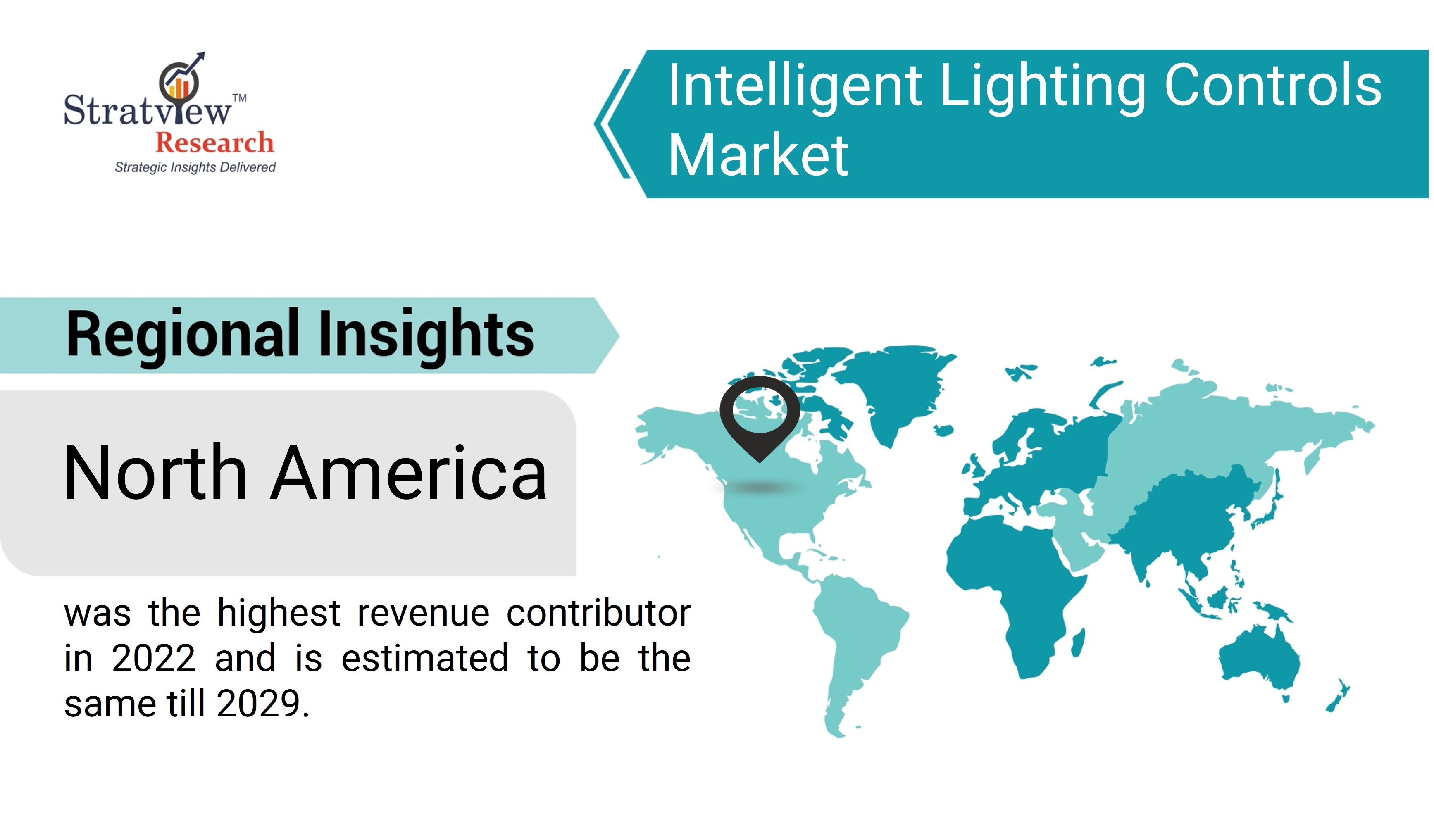Driving Forces Behind the Intelligent Lighting Controls Market Boom

The intelligent lighting controls market is experiencing an unprecedented boom, fueled by technological advancements, sustainability goals, and changing consumer preferences. As lighting transitions from a basic utility to an integral part of smart infrastructure, several key factors are propelling this market forward.
According to Stratview Research, the intelligent lighting controls market was estimated at USD 9.54 billion in 2022 and is likely to grow at a CAGR of 11.8% during 2023-2029 to reach USD 20.77 billion in 2029.
1. The Push for Energy Efficiency
One of the primary drivers of the intelligent lighting controls market is the global emphasis on reducing energy consumption. Intelligent systems, equipped with features such as motion detection, daylight harvesting, and programmable settings, can significantly cut energy usage. These solutions align with global sustainability initiatives and government regulations aimed at reducing carbon footprints.
2. Rising Adoption of Smart Technologies
The rise of smart homes, offices, and cities has created a surge in demand for connected lighting solutions. Intelligent lighting controls integrate seamlessly with Internet of Things (IoT) ecosystems, allowing users to control and monitor lighting remotely through smartphones or voice assistants. This level of convenience and personalization is a strong selling point for both residential and commercial applications.
3. Increasing Investments in Smart Cities
Smart city initiatives are transforming urban infrastructure worldwide, with intelligent lighting systems playing a critical role. These systems offer features like automated dimming, adaptive lighting, and integration with public safety technologies, making them ideal for smart streets and urban planning. Regions like Asia-Pacific, Europe, and the Middle East are leading the charge, with substantial investments in smart city projects.
4. Technological Advancements
Continuous innovation in lighting control technologies is a significant growth driver. Wireless communication protocols, such as Zigbee and Bluetooth, have made installations more flexible and cost-effective. Additionally, cloud-based platforms enable real-time analytics and system optimization, offering enhanced operational efficiency.
5. Growing Consumer Awareness
Consumers are increasingly aware of the environmental and financial benefits of intelligent lighting controls. This is driving demand not only in the commercial sector but also in residential settings, where smart lighting is becoming a staple of modern living.
Challenges and Future Prospects
Despite its growth, the market faces challenges such as high initial costs and compatibility issues with legacy systems. However, advancements in affordable solutions and government incentives are mitigating these barriers.
Conclusion
The intelligent lighting controls market boom is underpinned by a combination of technological innovation, sustainability efforts, and evolving consumer demands. As these forces converge, the market is poised for sustained growth, revolutionizing the way lighting is managed in homes, offices, and cities worldwide.
- Questions and Answers
- Opinion
- Motivational and Inspiring Story
- Technology
- Live and Let live
- Focus
- Geopolitics
- Military-Arms/Equipment
- Sicurezza
- Economy
- Beasts of Nations
- Machine Tools-The “Mother Industry”
- Art
- Causes
- Crafts
- Dance
- Drinks
- Film/Movie
- Fitness
- Food
- Giochi
- Gardening
- Health
- Home
- Literature
- Music
- Networking
- Altre informazioni
- Party
- Religion
- Shopping
- Sports
- Theater
- Health and Wellness
- News
- Culture

